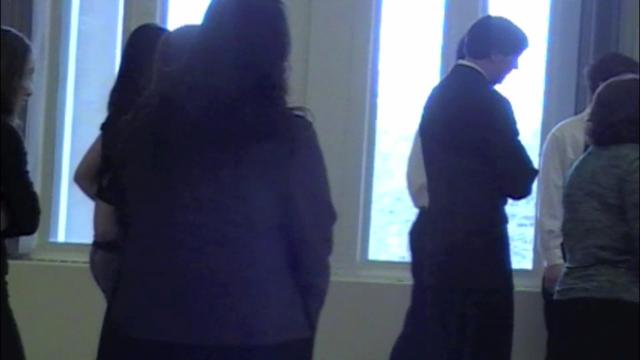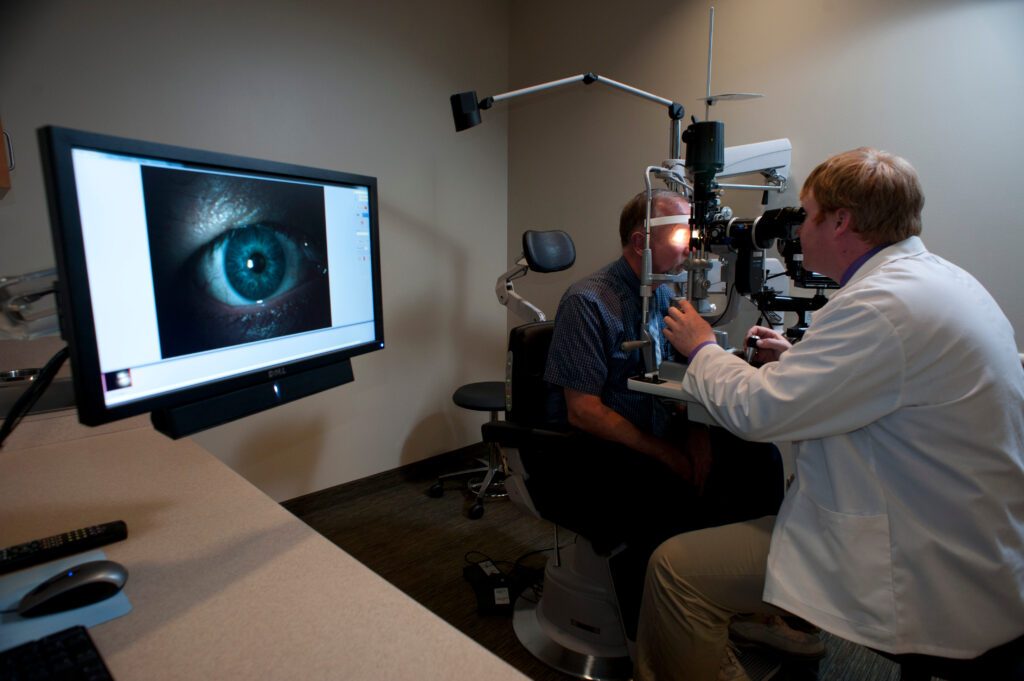Have you ever observed the eyes of an insect? These compound eyes look completely unlike our own. Nevertheless, they serve the same function as our own: to detect light. This sense of detecting light that humans, insects, and most animals use, raises an interesting question – how does detecting light allow us to see? It is an ability that first develops when we are children. First, by observing our mother’s and father’s eyes and mimicking where their pupils go, and then by developing a way to navigate through traffic. We have been given the ability to see, but how has our vision become such an important part of who we are?
 A Natural History of Seeing is not a textbook about the eye with an endless amount of definitions, equations, and charts that give useless statistics. Instead, Simon Ings uses stories to narrate how and why we use our eyes. Exploring the biological, psychological, and biochemical perspectives that have shaped our modern understanding of this organ, this book gives an in-depth explanation of how the eyes came to be. Taking about 600 million years to develop into the sensory organ it is today, Ings gives us a brief yet thorough overview by constructing an extensive map that includes many explanations to help us in our path to understand the eye as a whole.
A Natural History of Seeing is not a textbook about the eye with an endless amount of definitions, equations, and charts that give useless statistics. Instead, Simon Ings uses stories to narrate how and why we use our eyes. Exploring the biological, psychological, and biochemical perspectives that have shaped our modern understanding of this organ, this book gives an in-depth explanation of how the eyes came to be. Taking about 600 million years to develop into the sensory organ it is today, Ings gives us a brief yet thorough overview by constructing an extensive map that includes many explanations to help us in our path to understand the eye as a whole.
This book lays out the discovery of vision in several different ways. Knowing that the path to understanding this sense is not linear, Ings presents to the reader with different viewpoints on the subject of sight. The eyes are another sense organ, like the ears and the nose, that are made functional by the adaption of light to our surroundings. Ings calls this our “commonwealth of senses” and explains the concept of light that will change our approach to vision. First, Ings presents the types of visual senses that have formed in the animal kingdom. For example, the discovery of visual pigment in frogs’ eyes which are similar to the structure of the rod cones in humans. Ings then gives an explanation of the different types of eyes such as the modern eyes of insects before moving on to the eyes of a human being. He then finishes with a modern conception of vision, starting with Socrates’ Emission theory that stated that rays of light were emitted by the eyes, to the discovery of the inverted image that is formed at the retina. Our modern understanding of vision has been realized with every new discovery, and continues to expand with the help of visual sciences.
 What makes this book unique is the depth in which Ings takes to support the facts throughout the book. Every individual mentioned has an original idea to contribute to a different conclusion about the use, the function, and the origin of the eye. Ings’ approach for the reader is to engage the story of each of these individuals by taking their ideas and guiding them to their own conclusion. He invites the reader to explore the material that these people have left in their discover with a bibliography and references found at the end of the book. These various concepts and theories of vision have allowed for a deeper look into the subject of seeing. Some of these theories were proven false as the field grew, but these discoveries have lead to many new insights in the search for accurate understanding.
What makes this book unique is the depth in which Ings takes to support the facts throughout the book. Every individual mentioned has an original idea to contribute to a different conclusion about the use, the function, and the origin of the eye. Ings’ approach for the reader is to engage the story of each of these individuals by taking their ideas and guiding them to their own conclusion. He invites the reader to explore the material that these people have left in their discover with a bibliography and references found at the end of the book. These various concepts and theories of vision have allowed for a deeper look into the subject of seeing. Some of these theories were proven false as the field grew, but these discoveries have lead to many new insights in the search for accurate understanding.
The story of the eye is epic. Being able to understand how another uses their eyes can become a great tool for working in the eye care profession. Simon Ings is not affiliated with the field of optometry, but his work as an author and his understanding of the field of vision has given a deeper insight on how our vision works. His view on the subject encourages those to look beyond the mundane material that textbooks illustrate and to expand on the idea that the eye is more than what it appears.
References:
http://simoningsmirror.wordpress.com/the-eye-a-natural-history/
http://simoningsmirror.wordpress.com/category/books/the-eye/more-on-the-eye/


